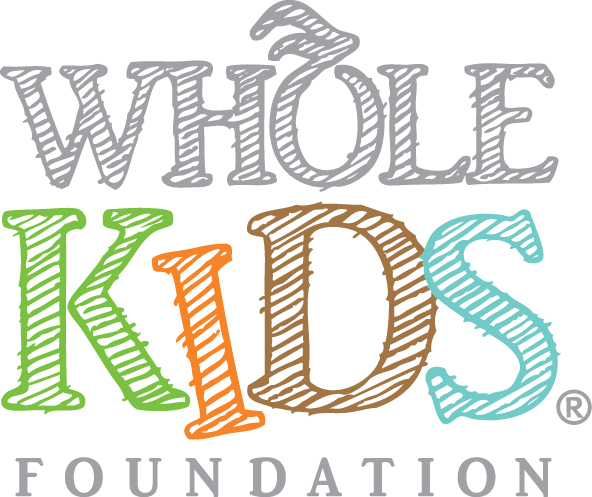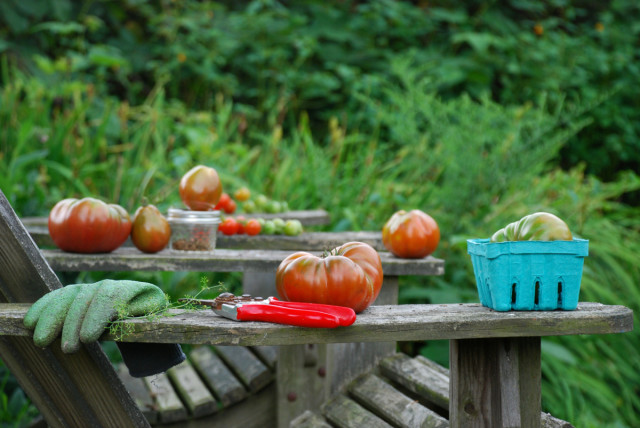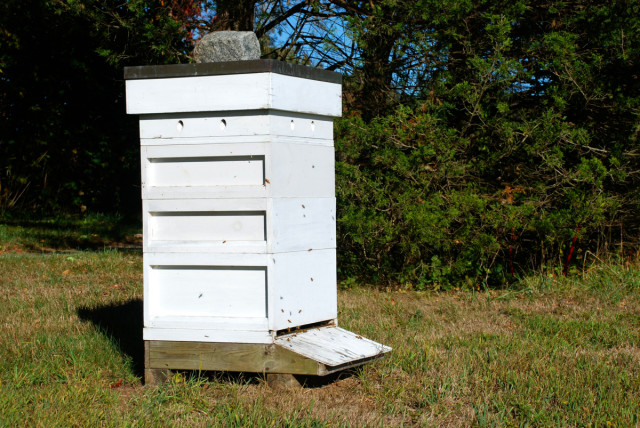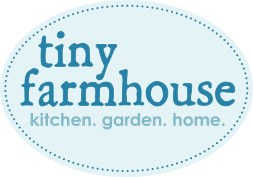
One of the things I love most about gardening and making meals from what we grow is that there are so many variables.
I know, I know, who likes more uncertainty, right? But when you grow your own food, you have to understand the cycles of the seasons, the impact of weather (like this year, a relatively mild, not-too-humid summer led to a boom year for tomatoes – fantastic!), the role that pollinators play in our crops, and then – after adjusting for all of these variables (which aren’t always as pleasant as summer devoid of oppressive heat and humidity) – when we manage to produce actual food from the dirt in our yard, the food just tastes better.
Sure, the food is by definition fresher if it comes from our yard and if we harvest it hours or minutes before eating, but there is a real sense of accomplishment in seeing a potato tumble up from the soil (yes, tumble up), or in plucking a melon, squash, or cucumber from the vine. And tomatoes – hello, don’t get me started on tomatoes – a beautifully imperfect garden-grown tomato is probably the best thing about having a backyard garden. I get positively giddy. And I’m comfortably middle-aged, you’d think I’d be jaded enough to not be giddy. Not so: This giddiness happens every day in the garden. Every day.

So imagine if you’re a child, at school, and while at school, you get to sow the seeds that later become the cabbage or the tomatoes or the cucumbers that you and your classmates can then eat. How cool would that be? I’m thinking pretty super-cool. And rather educational, to boot.
Speaking of to boot, it would also be helpful in teaching good eating habits, learning where food actually comes from, encouraging teamwork, patience, perseverance, and responsibility.
Whole Foods Markets’ Whole Kids Foundation is helping to support schools in getting gardens into schools, as well as getting salad bars into cafeterias by providing grants to schools around the United States and Canada.
It costs only $2625 to set up one salad bar, and that salad bar can serve a school all 180 days of the school year for up to 10 years. That’s $262.50 per year to have a salad bar in a school. And kids who have a salad bar available to them eat three times more fruits and vegetables than those who don’t. Hello!
Whole Kids Foundation also supports school gardens with $2,000 grants for gardens on the grounds of K through 12 schools. You have to go check out the video here about the New Haven, Connecticut school system’s salad bar and school garden program. It’s so fabulous to see kids digging potatoes out of the dirt, handling herbs, and berries, and knowing that all of the opportunities for learning that come from growing food are available to them.
If you’re a teacher or a school, and you’d like to apply for a grant (and why wouldn’t you?), or a parent who would like to get this information to your school administration, please have a look at the Let’s Move Salad Bars to Schools info here. Whole Kids Foundation accepts applications for salad bars all year long.
If you’re interested in a school garden grant, the application is available online now, and the deadline for applications is October 31, 2014. The applications will be reviewed over the winter, and grants will be made on March 1, 2015.

Coming soon, there will be a Honey Bee program, which you should keep your eye on.
Imagine every school in the U.S. and Canada with a salad bar and a garden and honey bees? That would be way cooler than the bean sprouts we did back when I was in grade school. Not that that wasn’t cool, it was just a bit limited, is all. How stoked would I have been at having a full garden, a beehive, and a salad bar at my school? Pretty stoked, I’ll bet.
If you’d like to help the Whole Kids Foundation with its mission, for the rest of September, there are opportunities to donate in-store (I donated at Whole Foods Market Fresh Pond, where they were kind enough to have a crowd in to talk about all of the awesomeness that the Whole Kids Foundation is doing in the Boston and Cambridge communities), or you can always donate online (here’s where).
So let’s spread the word to our schools, friends, and family, and let’s see how many more salad bars and gardens we can get into our schools. Sound good? Let’s do this thing!
Thank you!
